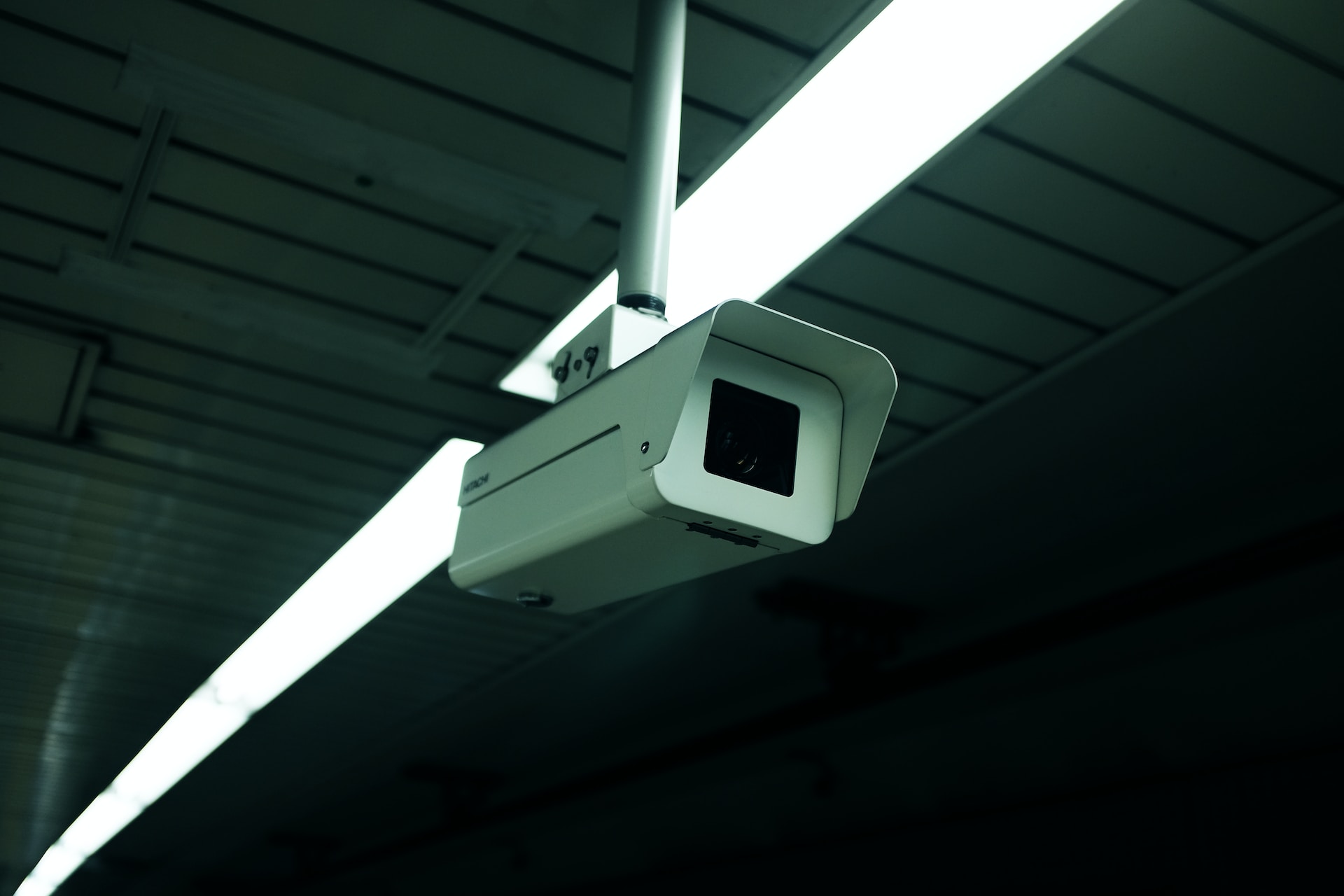The pipe inspection camera is an essential tool for detecting and resolving pipe-related problems. Whether for professional or domestic use, it is important to choose the best pipe inspection camera based on certain criteria. In addition, knowing the best practices for using this tool effectively can greatly facilitate detection and repair work.
Criteria to consider when choosing the best pipe inspection camera
When choosing a pipe inspection camera, it is essential to take into account certain criteria to ensure you obtain a high-performance tool suited to your needs.
First of all, camera resolution is a crucial aspect to consider. A camera with high resolution will allow you to inspect the pipes in detail and detect problems more easily. Opt for a pipe inspection camera with a minimum resolution of 720p for optimal results.
Next, it is important to consider the length of the camera cable. Make sure the cable is long enough to reach the furthest parts of the pipes. A cable length of at least 10 meters is recommended for multi-purpose use.
Another key criterion is the flexibility of the cable. Choose a pipe inspection camera with a flexible, kink-resistant cable. This will allow you to easily navigate through the pipes and inspect all the necessary areas without difficulty.
The recording function is also something to consider. Opt for a pipe inspection camera that allows you to record images and videos directly to a memory card. This will allow you to document any problems detected and share them with other professionals if necessary.
Finally, make sure the camera has good battery life. A long-lasting battery will allow you to carry out your inspections without having to worry about constantly recharging the camera.
Practical guide to effective use of your pipe inspection camera
Now that you have chosen the best pipe inspection camera, here are some practical tips for using it effectively.
First, be sure to properly clean and inspect the camera before each use. Check the condition of the cable, lenses and lighting. Make sure there is no dirt or debris obstructing the camera. Regular maintenance of your pipe inspection camera will ensure accurate and reliable results.
When inserting the camera into the pipe, proceed slowly and carefully. Use gentle, even movements to avoid damaging the cable or camera. Keep in mind that the camera must be in constant motion to get a detailed view of the interior of the pipe.
During the inspection, pay attention to details. Take note of any abnormalities, such as cracks, leaks or blockages. Use the camera’s recording features to capture images and videos of detected issues. This will help you assess the extent of the damage and plan any necessary repairs.
Finally, after each use, clean the pipe inspection camera thoroughly. Carefully remove any residue from the lens or cable. Also clean accessories such as tips or adapters. Regular maintenance of your camera will ensure its long-term durability and effectiveness.












